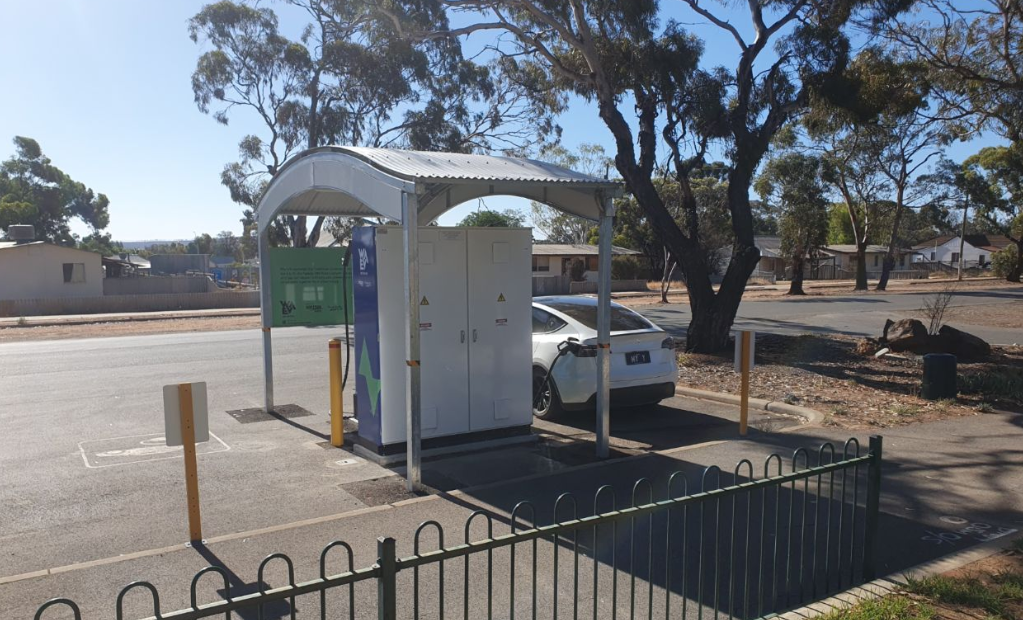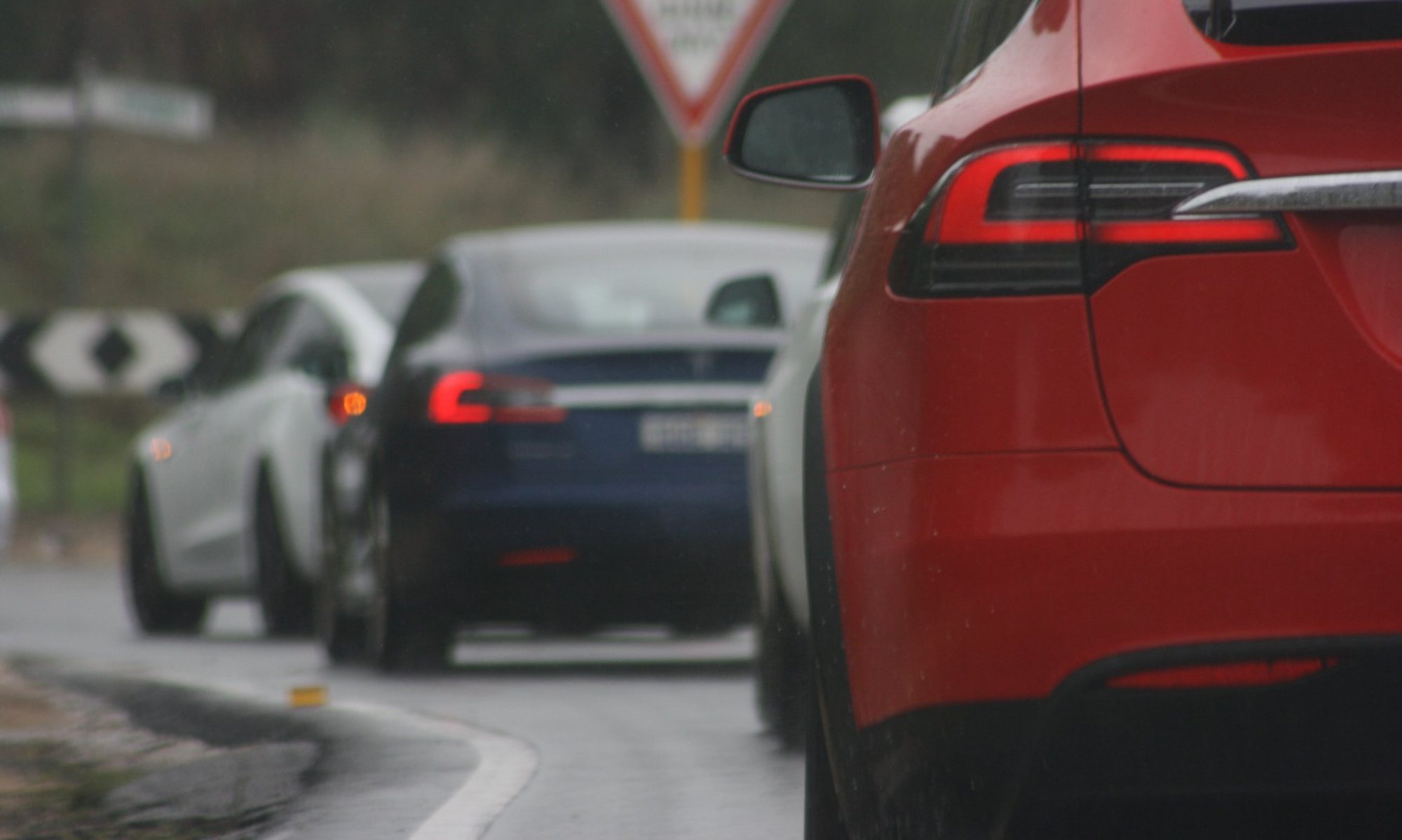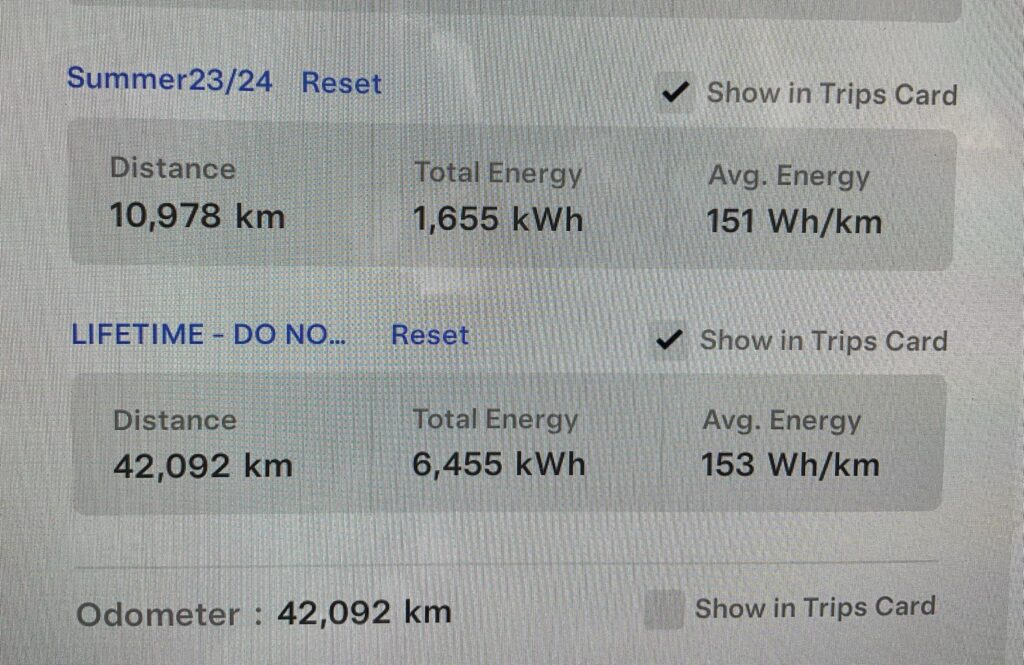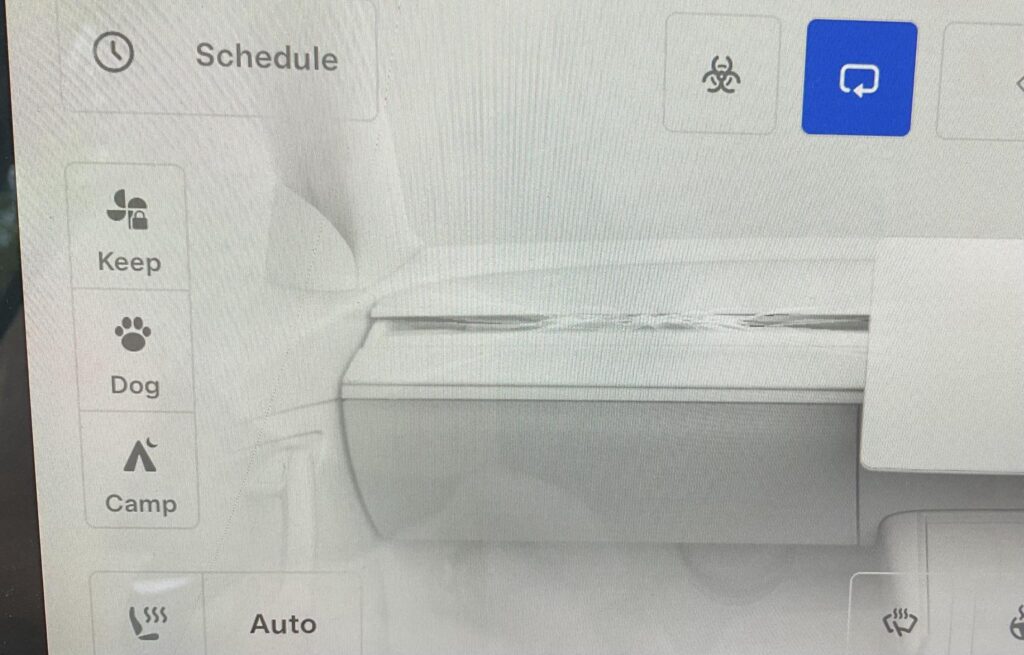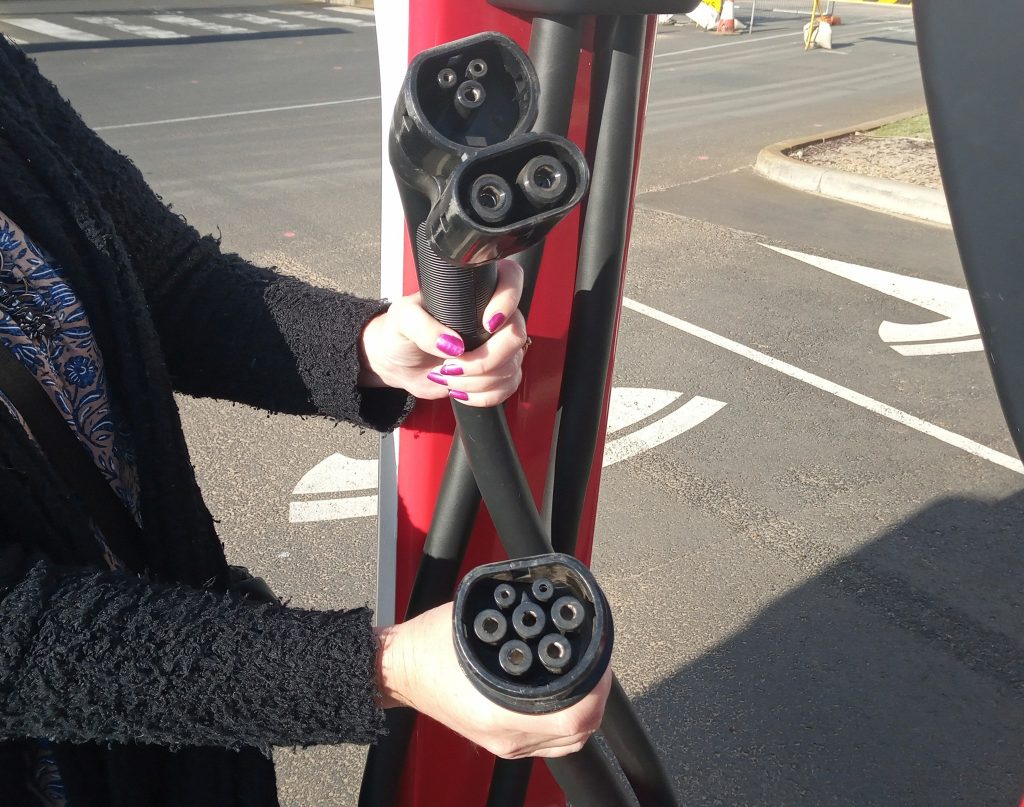The best comparison is to use two vehicles that are likely to drive across the Nullarbor on any given day. I know a few dozen Tesla Model Y SUVs have done it, including my own 4 times, and I also have no doubt a similar size 2022-24 Hyundai Tucson diesel SUV has more than once crossed the country.
The Journey
The section between the towns of Ceduna in the east and Norseman in the west is generally seen as the Nullarbor drive, a total distance of 1201kms, a sealed surface, 1 lane each way, mostly flat, virtually all 110kmh.
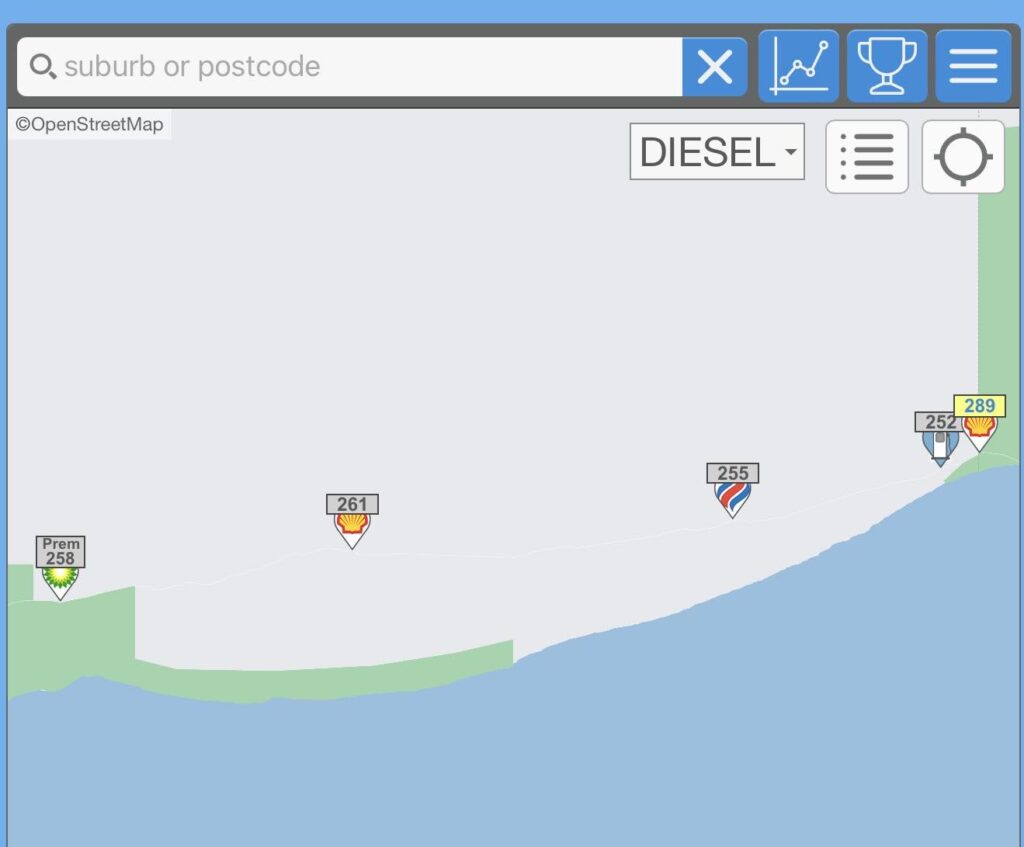
Driving the Hyundai Tucson Diesel
The claimed fuel consumption for the 1.6 litre diesel is 6.3 litres per 100kms. Our Hyundai driver is very experienced at getting the best fuel consumption so I’ll round that down to 6 litres per 100kms, it also makes the arithmetic a bit easier. The Hyundai driver is also wise with his fuel purchases and will make use of the 800km range fuel tank by filling right up on the cheapest fuel in Ceduna at $1.96 a litre.
Despite the good range per tank the Hyundai driver still needs to stop for fuel once between Border Village and Caiguna Roadhouse, luckily there are 6 different fuel stops on that 350km section. According to this week’s diesel prices the cheapest is Eucla at $2.52 a litre, luckily the Hyundai driver doesn’t need to fill up, it’s only necessary to add 400kms of fuel or 24 litres, enough to scrape through to Norseman.
Ceduna 48 litres at $1.96 = $94.08
Eucla 24 litres at $2.52 = $60.48
Trip total for diesel $154.56.
Why not use the cost to refill at the end of the trip instead of the start? Norseman diesel has averaged $2.14 during 2024, that would cost more, the Hyundai driver is smarter than that.
The EV SUV Using March 2024 Charging Options
My Model Y has averaged 15.3kWh per 100kms over the past 43,000kms, so to make the arithmetic easier I’ll round that up to 16kWh per 100kms.
At 16kWh per 100kms the Model Y range is limited to 460kms, this requires a minimum two charging stops after the initial charging at Ceduna. To make the journey without any compromise I’ll go for a more expensive 3 charging stops at Nullarbor, Mundrabilla and Caiguna. Despite paying a flat all you can charge fee of $32, $30 and $50 respectively I’ll only be adding 65-70% to the battery at each stop.
Ceduna 48kWh x 60 cents per unit = $28.20
Nullarbor flat fee $32
Mundrabilla flat fee $30
Caiguna flat fee $50
Trip total for electricity $140.20.
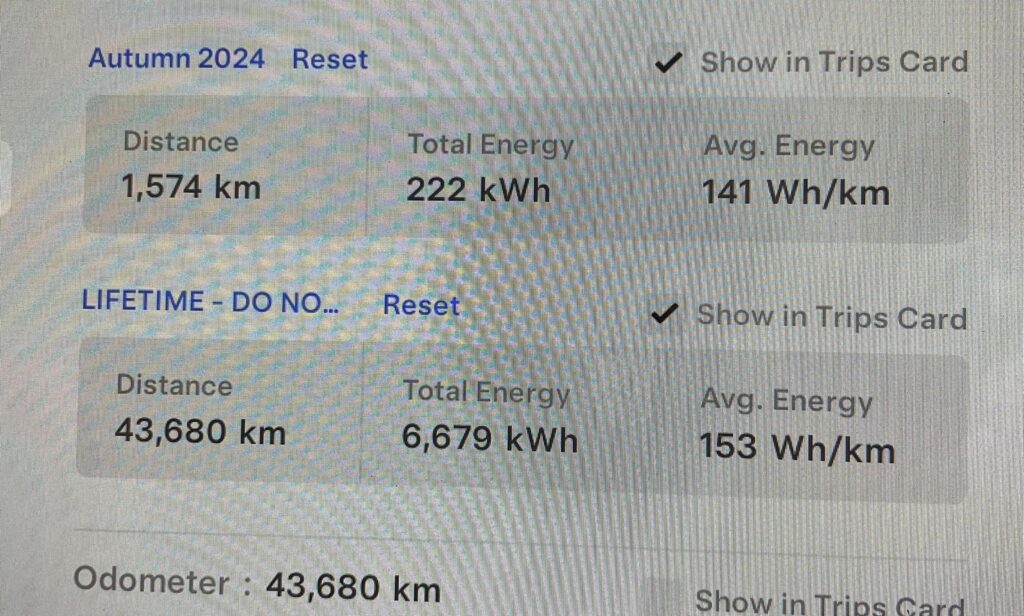
The EV SUV Using July 2024 Charging Options
From July onwards DC charging options will improve rapidly on the western side of the Nullarbor with 4 Horizon sites powered with solar energy. Any improvement on the eastern side of the Nullarbor in Q3 2024 will depend on the NRMA following through on another media release claiming the Nullarbor and Border Village Roadhouse will be getting DC charging soon, if that happens all fast DC charging from Ceduna to Norseman will be 60 cents per unit making the arithmetic easy.
192kWh x 60 cents per unit = $115.20
Unfortunately for the diesel vehicle owner there’s very little hope for an improvement in fuel costs, 5 competing fuel suppliers at 11 fuel stops are burdened with transporting fuel over long distances adding to the expense. On the other hand EV charging has two aces up its sleeve, first and foremost electricity can be made on site at a reasonable cost with renewable energy, a good example is the Horizon DC chargers being installed in remote areas of Western Australia that are solar powered. Secondly EV charging in Australia is still in its infancy, competition is yet to arrive.
